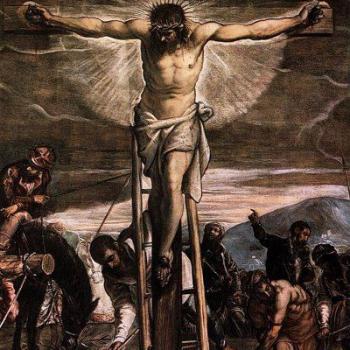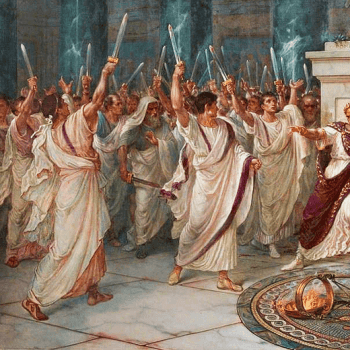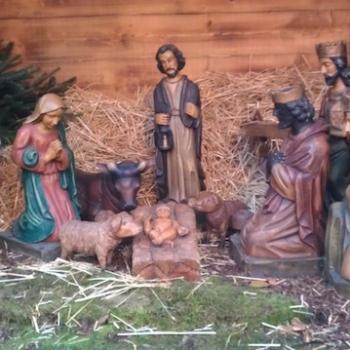Jazz great Duke Ellington knew where his talent and opportunities came from. King’s College president Gregory Alan Thornbury has a great story about Duke Ellington and vocation.
From Gregory Alan Thornbury, Faith at Work: Education and vocation: A comeback story – Washington Times:
Everyone loves a comeback story. And for people of faith who sometimes feel in exile in contemporary society, nothing fires the imagination as much as someone reconnecting to their vocation through their trust in God. In this connection, I am reminded of a story in the life of the great Duke Ellington.
In the early months of 1956, the word on the street was that the Duke was washed up, a has-been, done. No one seemed to remember or care about the greatness of his early career. Bebop was the rage. Dizzy Gillespie and Charlie Parker were the new kings of jazz.
When he took the stage, the band limped through the first couple of tunes. His new suite of songs composed with Billy Strayhorn got only tepid applause. But then the Duke called an audible and they launched into “Diminuendo and Crescendo in Blue.” Ten minutes earlier, it seemed as though a fabled career might be over. But 20 minutes later the crowd was delirious with joy as the pinnacle of Paul Gonsalves’ soaring 59-chorus-long tenor saxophone solo crested, to be followed, if not surpassed, by Cat Anderson’s searing high solo. Producer George Avakian described the pandemonium that ensued: “Halfway through Paul’s solo, the crowd became one single living organism, reacting in waves like huge ripples to the music played before it.”
But the Duke wasn’t through. He could have coasted on his career as the greatest musical genius in American history after the triumph in Newport and as a pathbreaking pioneer in civil rights. But he could not. He would not. He decided instead to employ his full resources in the composition of a “Sacred Concert” of music, his great late career masterwork. He wanted to show where the music came from. He wanted the world to know that Jesus Christ, the Creator God, gave him the music to write, a band to lead and a song to sing.
And although he first performed the “Sacred Concert” at Grace Cathedral in San Francisco, he substantively revised the piece and decided to perform it again, this time to be recorded for posterity by RCA. The scene for the revised Concert of Sacred Music was performed at the Fifth Avenue Presbyterian Church in New York City the day after Christmas 1965.
“This music,” Ellington declared to the media, “is the most important thing I’ve ever done or am ever likely to do. This is personal, not career. Now I can say openly what I have been saying on my knees.”
[Keep reading. . .]
HT: Randall Pekari











